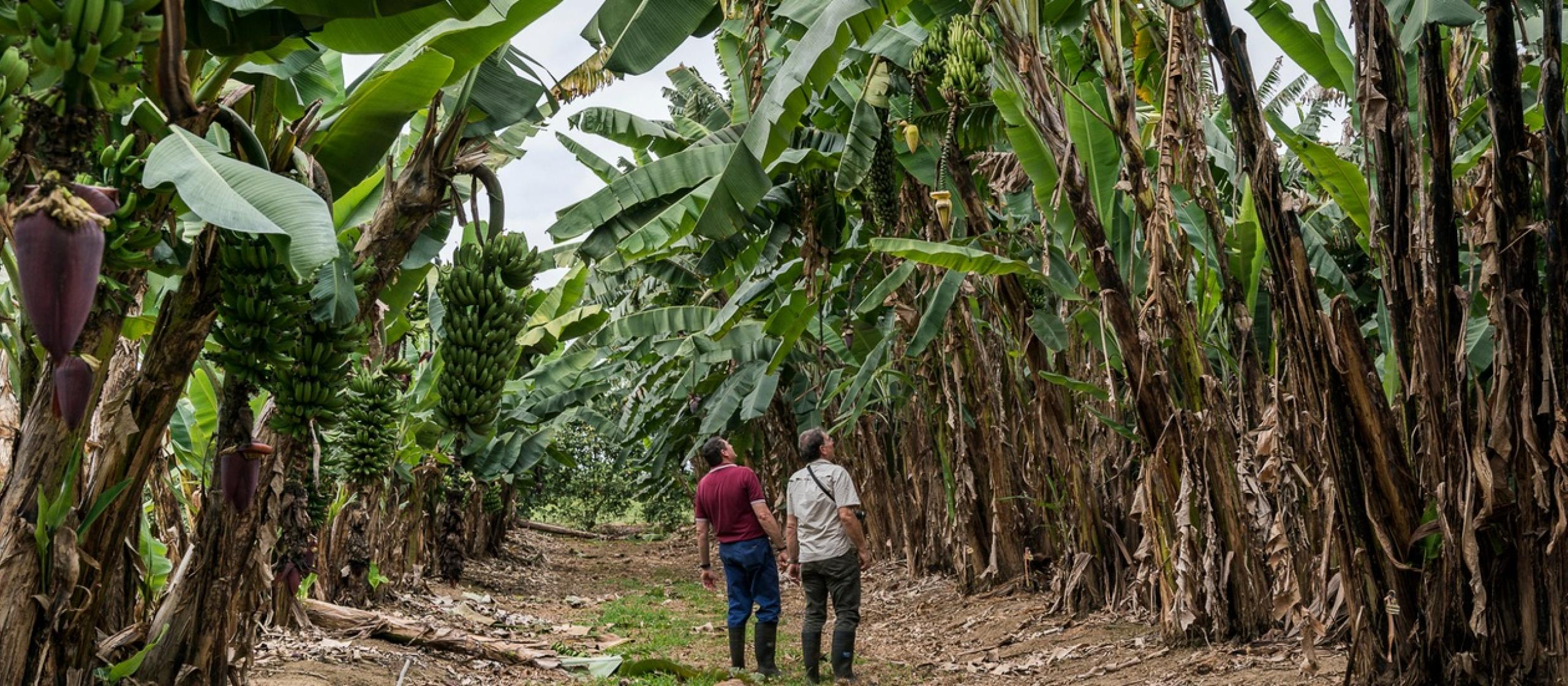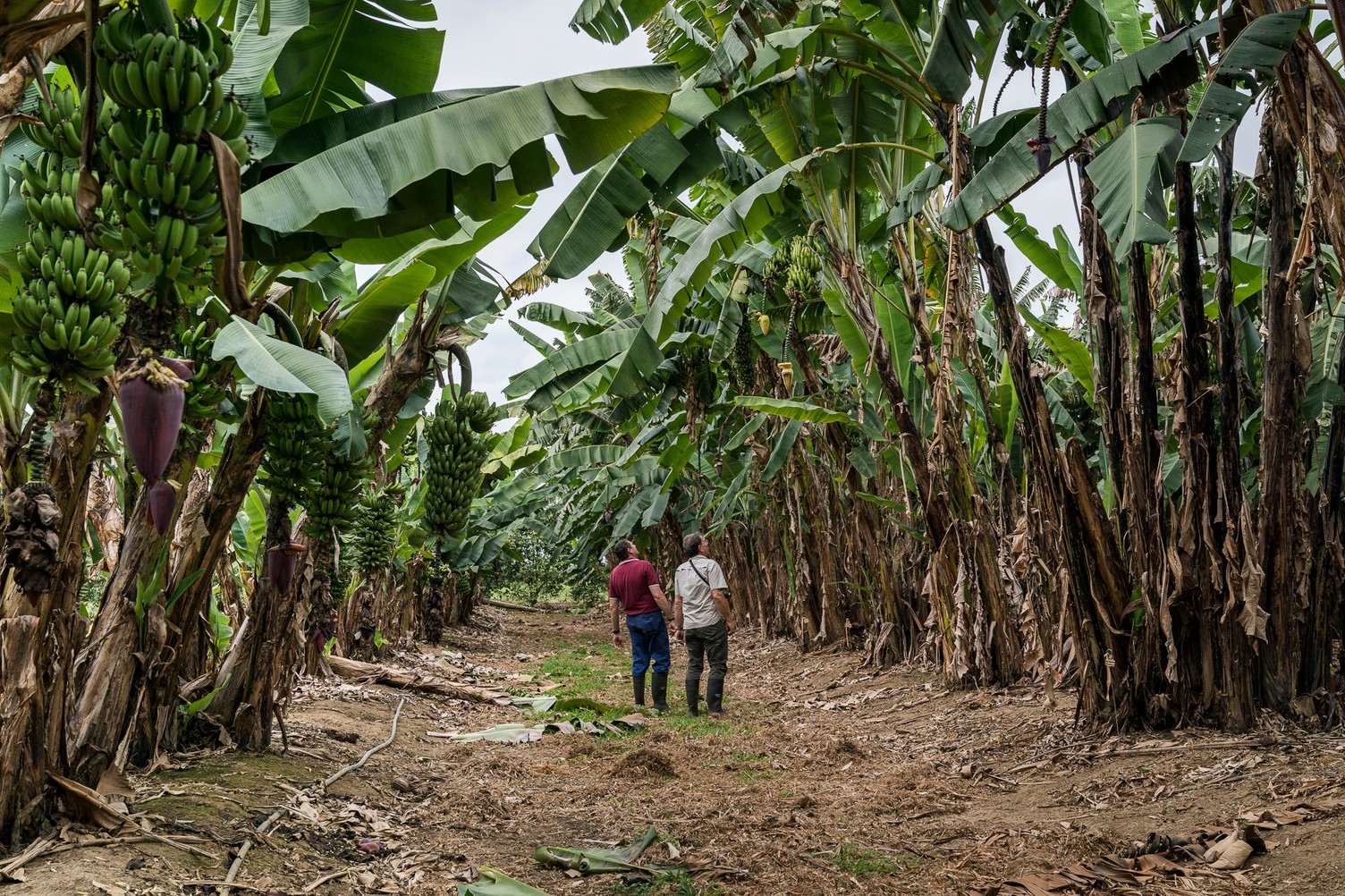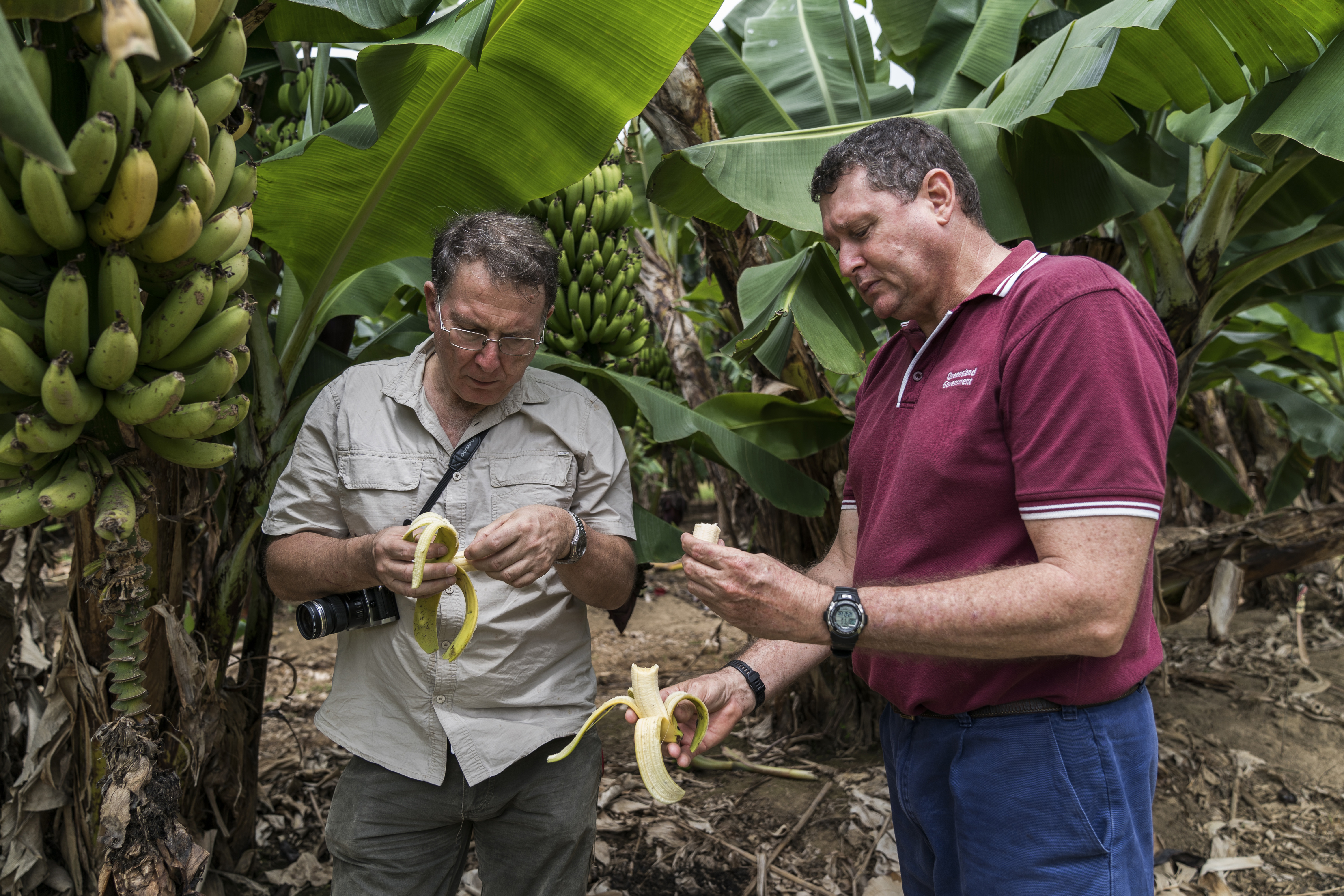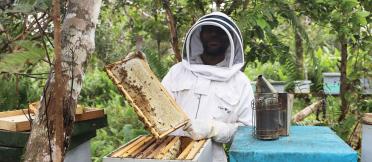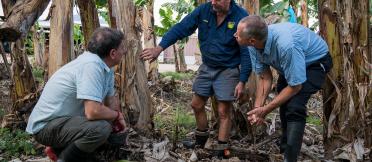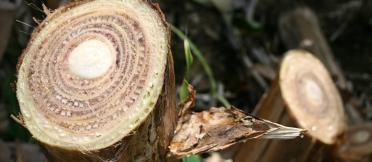A new framework for assessing the impact of ACIAR-supported biosecurity programs is being developed. It will measure not only tangible economic and environmental impacts, but also benefits to society such as improved livelihoods and capacity building, which may not have previously been systematically assessed.
The framework is being designed by The University of Melbourne’s Centre of Excellence for Biosecurity Risk Analysis (CEBRA). It presents a range of modelling options to evaluate impacts across a wide scope of biosecurity-related projects supported by ACIAR.
CEBRA chief investigator Professor Tom Kompas leads the framework development for ACIAR, which he said is due for completion early next year. The framework establishes a template for a transparent, rigorous investigation of the contribution that particular sets of projects make to biosecurity and societal outcomes.
